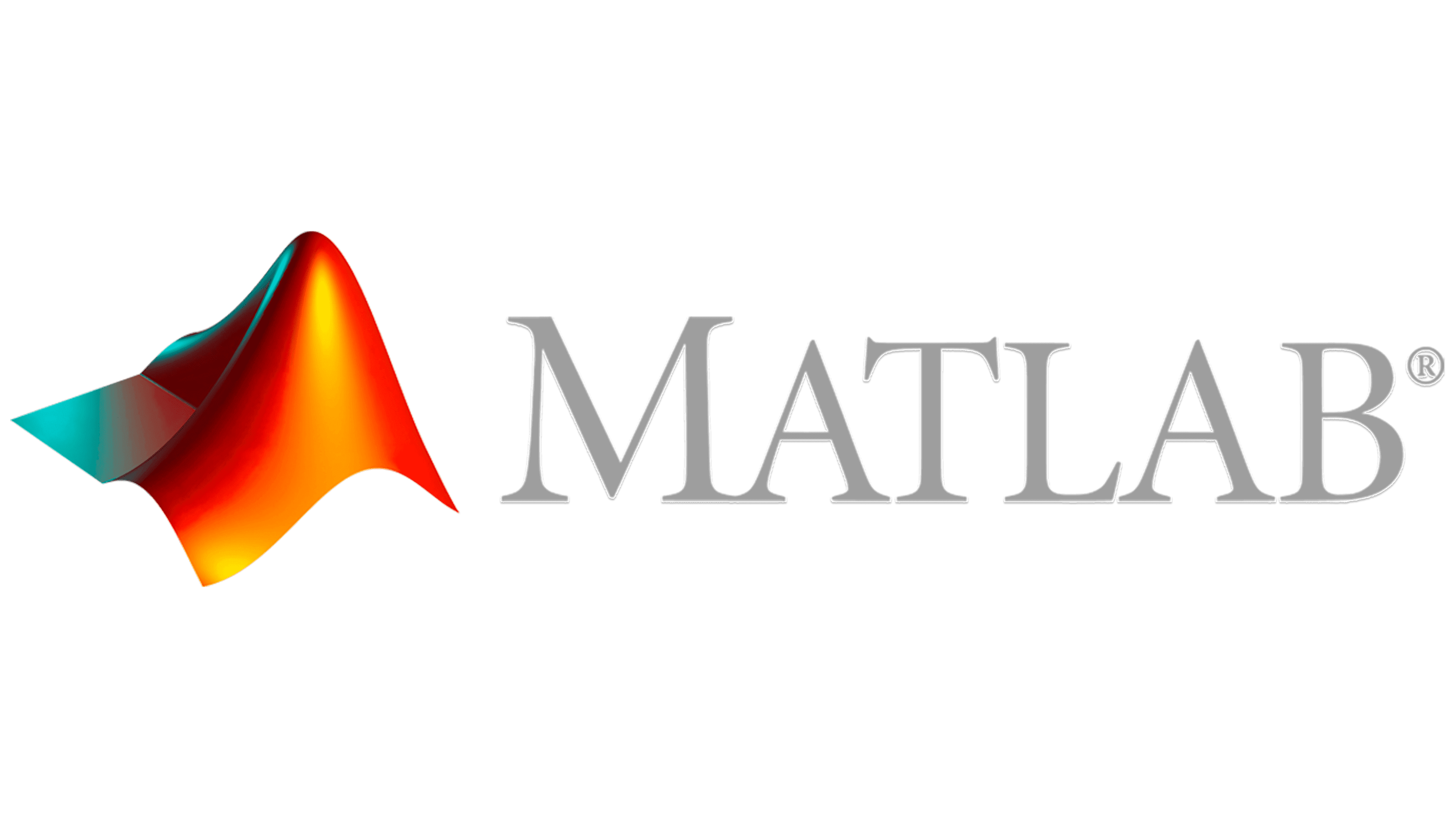Matlab Control Systems Cheat Sheet
A cheat sheet for various control system functions used in the course ENEL809 but can be used for general reference.
Matlab Functions
Symbolic Toolbox
| Function | Description |
|---|---|
numden(sym_eqn) → [N, D] | Extracts the numerator and denominator of a symbolic equation |
simplify(sym_eqn) → [eqn] | Simplifies the symbolic equation |
expand(sym_eqn) → [eqn] | Expands the symbolic equation |
solve([eqn ..], [var ..]) | Solves the equations(s) for the given variable(s) symbolically |
vpasolve([eqn ..], [var ..]) | Solves the equations(s) for the given variable(s) numerically |
laplace(sym_ft) → [Fs] | Finds the Laplace transform of the given symbolic equation |
ilaplace(sym_Fs) → [tf] | Finds the inverse Laplace transform of the given symbolic equation |
ztrans(sym_ft) → [Fz] | Finds the z-transform of the given symbolic equation |
iztrans(sym_ft) → [Fz] | Finds the inverse z-transform of the given symbolic equation. |
Use syms k positive integer to avoid a cryptic answer. | |
limit(fx, x, a) → [val] | Returns the limit of the function fx as x approaches a. Useful to check if value is NaN meaning the function diverges to infinity. |
c2d(tf, Ts, method) → [tf] | Converts continuous-time dynamic system to discrete time with the chosen method: ‘zoh’, ‘foh’, ‘impulse’, ‘tustin’, ‘matched’, ‘least-squares’, ‘damped’. Defaults to ‘zoh’ which is recommended, if method is omitted. |
Matrix Operations
| Function | Description |
|---|---|
eye(N, M) → [mat] | Creates an identity matrix of N by M size |
nan(N, M) → [mat] | Creates a NaN matrix of N by M size |
zeros(N, M) → [mat] | Creates a zero matrix of N by M size |
size(mat) → [row, col] | Returns the size of the matrix |
Transfer Functions
Using s = tf(’s’) is a good way of making future equations using s become transfer function objects.
| Function | Description |
|---|---|
zpk(eqn) | Factorizes the transfer function into a zero-pole-gain model |
c2d(tf) | Converts a continuous transfer function to a discrete one |
tf(N, D) → [tf] | |
tf(N, D, Ts) → [tf] | Create a transfer function with the given numerator and denominator coefficients. May also need sym2ploy(N) and sym2ploy(D) before using tf(N, D). Adding the sampling time Ts creates a discrete-time transfer function |
bode(tf) | Create a bode plot of the given transfer function |
feedback(Gs, Hs) → [tf] | Adds closed loop feedback Hs to the transfer function Gs |
step(tf) | Creates a plot of the transfer functions step response |
stepinfo(tf) → [obj] | Returns a object with all the step response information |
drmodel(N) → [N, D] | Generates a random stable test models of Nth order |
drmodel(N) → [A, B, C, D] | Generates a random stable test models of Nth order |
drmodel(N, P) → [N, D] | Generates a random stable test models of Nth order, P outputs |
drmodel(N, P) → [A, B, C, D] | Generates a random stable test models of Nth order, P |
drmodel(N, P, M) → [A, B, C, D] | Generates a random stable test models of Nth order, P outputs and M inputs |
evalfr(tf, x) | Evaluates frequency response at a single frequency |
dcgain(tf) | Computes the steady-state gain of the dynamic system (caution: does return a finite value for an unstable system). Should be used in conjunction with isstable(tf) |
residues(N, D) → [N, D, K] | Partial fraction expansion |
residuesz(N, D) → [N, D, K] | Z-transform partial fraction expansion |
pzmap(tf) | Plot the pole-zero map of a dynamic system |
eig(tf) or pole(tf) | The poles of the system, showing it’s stability |
isstable(tf) → [bool] | Returns if the transfer function is stable or not |
State-Space
| Function | Description |
|---|---|
abcdchk() | Check state-space matrices for the correct dimensions |
ss2tf(A, B, C, D) → [tf] | Converts a state-space model to a transfer function |
Misc
| Function | Description |
|---|---|
pretty(eqn) | Turns a command line equation in a more human readable equation |
interp1(X, V, Xi) → [Vi] | 1D interpolation, given the input vector X with the output vector V determine Vi from the known Xi |
tic; <exp>; toc; | Times the execution of the expression |
This post is licensed under CC BY 4.0 by the author.
